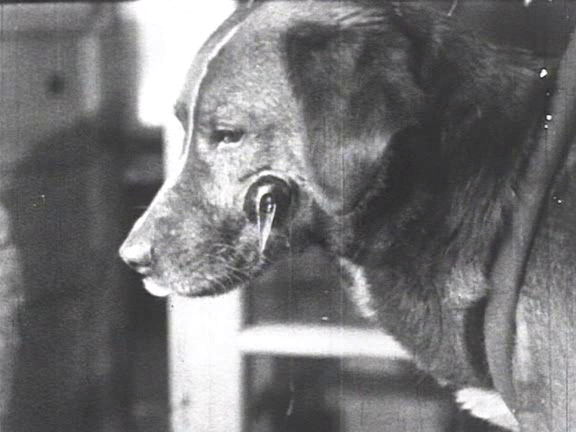

Before conditioning – Before a participant can learn through association, there must be an unconditioned stimulus (UCS) which evokes an unconditioned response (UCR).Over time, the dogs would begin to salivate when they heard the metronome before being fed. It was observed that the dogs would begin to associate the sound of the metronome with the expectation of food. This is what would later be known as the conditioning phase. In the experiment, the dogs were still presented with food, but would hear the sound of a metronome every time before food was presented. a stimulus that, before the association was made, would not prompt a response). Pavlov looked to further study this learnt behaviour and developed an experiment which would aim to trigger salivation with a neutral stimulus (i.e. Pavlov also noted that there was a difference observed between responding when receiving food and responding with the expectation of food.

This would therefore mean that salivation was not a purely automatic response in this instance, but a learnt response. Pavlov suggested that the dogs had started to salivate because they had learnt that seeing the white laboratory coats worn by the assistants might mean that food was going to be presented. They would normally enter either with food or a non-edible item. However, Pavlov observed that over the course of the experiment, the dogs would start to salivate whenever one of his assistants entered the room. Pavlov noted that salivation was a physiological automatic response that is triggered when shown food. As part of his experiments, he was measuring the saliva levels of dogs when presented with edible and non-edible items. Pavlov, who won the 1904 Nobel Prize for physiology or medicine for his research into the digestive system, was studying digestion in dogs.


 0 kommentar(er)
0 kommentar(er)
